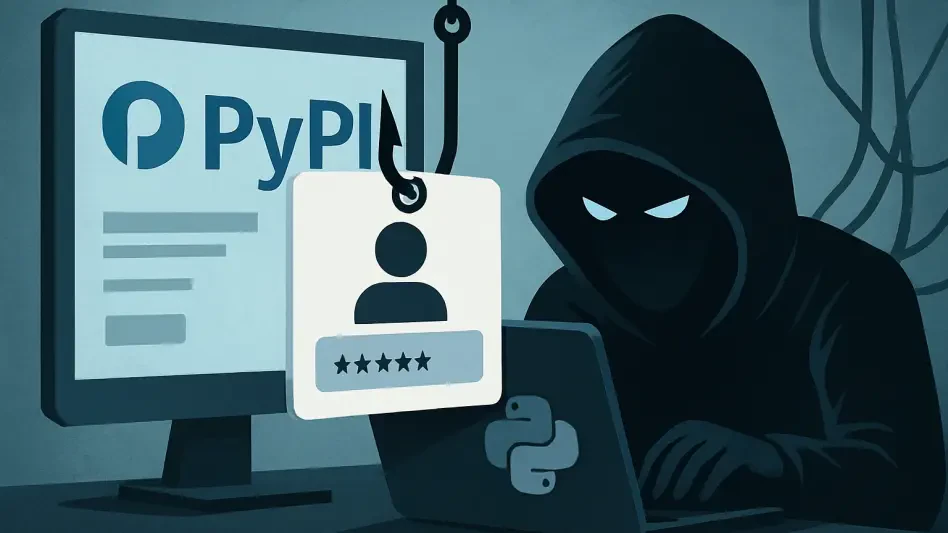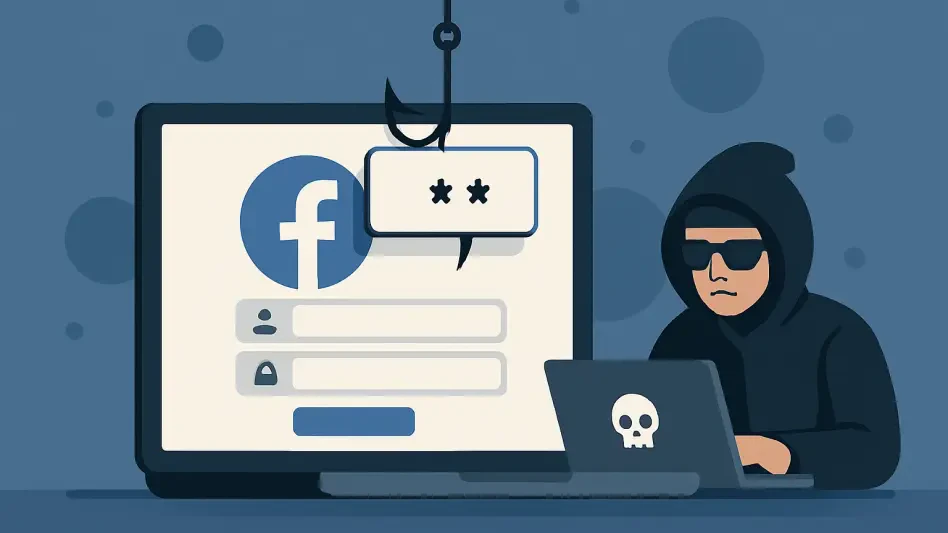In a complex and troubling development, a malicious advertising campaign has begun targeting Google Ads users in a bid to steal their credentials and two-factor authentication (2FA) codes through fraudulent ads. By hijacking these Google Ads accounts, cybercriminals can misuse them to distribute further malicious advertisements and potentially sell access to these compromised accounts on underground forums. The origin of this disturbing activity can be traced back to mid-November 2024, backed by evidence from Reddit and Google support forums.
The Anatomy of the Phishing Campaign
Deceptive Impersonation and Credential Theft
Cybersecurity researcher Jérôme Segura from Malwarebytes has highlighted that the attackers are impersonating Google Ads through fake ads, effectively redirecting victims to phishing sites hosted on Google Sites. These carefully constructed phishing websites are designed to capture the users’ credentials and two-factor authentication codes using WebSocket technology. Once the users enter their sensitive information on these deceptive sites, it is sent directly to a remote server controlled by the attackers, facilitating their unauthorized access.
A significant tactic leveraged by these threat actors revolves around Google’s policy that allows the final URL of an ad not to match the display URL as long as the domains are aligned. This loophole enables the hosting of fraudulent intermediate landing pages on sites.google[.]com, while the ads appear legitimate with URLs like ads.google[.]com. The operation employs highly sophisticated methods, including fingerprinting, anti-bot detection, CAPTCHA-inspired lures, cloaking, and obfuscation, to effectively mask the phishing infrastructure from detection. This multi-layered approach significantly raises the difficulty for both users and security systems to identify and intercept these malicious activities.
Hijacking Google Ads Accounts
The stolen credentials grant unauthorized access to victims’ Google Ads accounts, allowing attackers to add new administrators and exploit the accounts’ budgets to run fake ads, consequently perpetuating the scam. The fraudulent ads come from various regions and utilize multiple accounts, with some of these accounts already containing legitimate ads, making detection even more challenging. Segura has suggested that several groups, predominantly Portuguese-speaking and potentially based in Brazil, are orchestrating these campaigns, employing intermediary domains with Portuguese TLDs to further their deceptive activities.
Furthermore, Trend Micro has reported similar tactics on other prominent platforms, such as YouTube and SoundCloud. Here, attackers spread links to fake installers for pirated software, leading to various malware deployments. Threat actors cunningly use reputable file hosting services to obfuscate their malware’s origin, making detection and removal a complex task. These files often come password-protected and encoded, enabling them to evade early detection tools like sandboxes, which adds another layer of difficulty for cybersecurity defenses.
Evasion Techniques and Broader Implications
Exploiting Established Platforms and Services
The consensus among experts underscores that these malicious campaigns exploit well-established platforms and services to perpetrate fraud undetected, leveraging advanced evasion techniques. This overarching trend indicates an increasing sophistication and geographical coordination of cybercriminal activities targeting advertisement platforms. By leveraging these platforms for more extensive malicious campaigns, the threat actors can effectively broaden their reach and impact, causing significant harm to users and businesses reliant on digital advertising mediums.
The findings from these investigations illuminate the high level of organization and execution in these malvertising campaigns. This revelation emphasizes the necessity of improved security protocols and more rigorous oversight by advertising platforms, such as Google, to safeguard user accounts effectively. It is imperative that these platforms implement stringent security measures and prompt responses to such targeted cyber threats to mitigate the risks associated with these campaigns and protect their users from becoming victims.
Enhancing Security Measures and Vigilance
In a troubling and complex development, a malicious advertising campaign has emerged, targeting Google Ads users to hijack their credentials and two-factor authentication (2FA) codes through deceptive ads. Cybercriminals execute these schemes by compromising Google Ads accounts, which allows them to misuse these accounts for spreading additional malicious advertisements. There is also a risk that these bad actors could sell access to these compromised accounts on underground forums, further propagating illegal activities. Evidence from Reddit and Google support forums indicates that this malicious activity began in mid-November 2024. Google Ads users are highly vulnerable to these threats, and such activities underscore the pressing need for robust security measures and vigilance. The malicious campaign not only impacts the targeted individuals but also has wider implications for online security. For users, it’s crucial to be aware of these tactics and safeguards to protect personal information. It’s a stark reminder of the evolving tactics cybercriminals use to exploit digital platforms.







